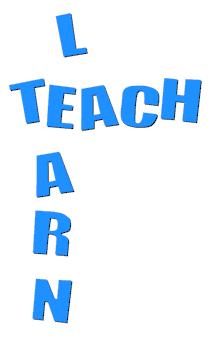Story/Picture book Making
Writing storybooks or making picture books is a great way to reinforce grammar and vocabulary. It also gives students confidence and pride in “producing” something visible and tangible to measure their English language learning experience. See more bookmaking resources here.
There are several steps to making a storybook and I’ll use my own Mr. X’s incredible Day/Yesterday as an example. ELT Buzz Teacher Resource Members – Get the ppt/video here for use with students.
 1. Tell the story with students. Play a video / use a storybook but pictures are essential! Go slow and exaggerate and use your voice/gestures to communicate vocabulary and content/context. Draw out their schema / background knowledge. You might get inspiration on Gif Lingua where you can also download the books as powerpoints.
1. Tell the story with students. Play a video / use a storybook but pictures are essential! Go slow and exaggerate and use your voice/gestures to communicate vocabulary and content/context. Draw out their schema / background knowledge. You might get inspiration on Gif Lingua where you can also download the books as powerpoints.
 2. Students re-tell the story. Note the vocabulary for the story on the board and students use this to make sentences to retell the story. Or, just show pictures and use them as a prompt to retell the story. See how I used Voicethread to retell the Mr. X story. But you can just take the words off the ppt and use a picture only ppt.
2. Students re-tell the story. Note the vocabulary for the story on the board and students use this to make sentences to retell the story. Or, just show pictures and use them as a prompt to retell the story. See how I used Voicethread to retell the Mr. X story. But you can just take the words off the ppt and use a picture only ppt.
3. Writing. Students are now more comfortable with the story and vocabulary. Get them to write 6-10 sentences to outline the story. For each sentence , provide a prompt on the board for lower-level students. Higher level students can add more information for that sentence number. The teacher monitors and helps correct/edit. I use this worksheet for Mr. X.
 4. Bookmaking. Give students some sheets of A4. They fold in half and staple to make the book. Or fold again and cut the folds to make a mini book (students usually like this smaller book more!). Students cut and paste their pictures into the book and also write their text from the worksheet. Color, make a title page, borders and personalize.
4. Bookmaking. Give students some sheets of A4. They fold in half and staple to make the book. Or fold again and cut the folds to make a mini book (students usually like this smaller book more!). Students cut and paste their pictures into the book and also write their text from the worksheet. Color, make a title page, borders and personalize.
There are many types of books you can make by folding/cutting paper. The most incredible resource for printable pdfs and videos showing bookmaking is Susan Kapusinsky’s “Making Books”. Here she describes how to make an accordion book. But look at all her pdf instruction sheets for many types. Also – this kid makes an amazing mini book from one sheet of paper! Learn more about instant books here.
Find more videos like this on EFL CLASSROOM 2.0
5. Present/Publish. Students can read their books to the class or in small groups. Sharing is a must! Make a library for your student produced books!
Here are just some ideas for picture / story books:
1. Stories – Retell a traditional or just read story!
2. habits – My Day
3. routines – Trips/Holidays/Weekends
4. letters / words – alphabet books / word books
5. favorites – All about me books
6. comics – Adventure books of heroes/comedy
7. vocabulary – dictionary books describing the vocab category (ie. Sports)










Reader’s Comments